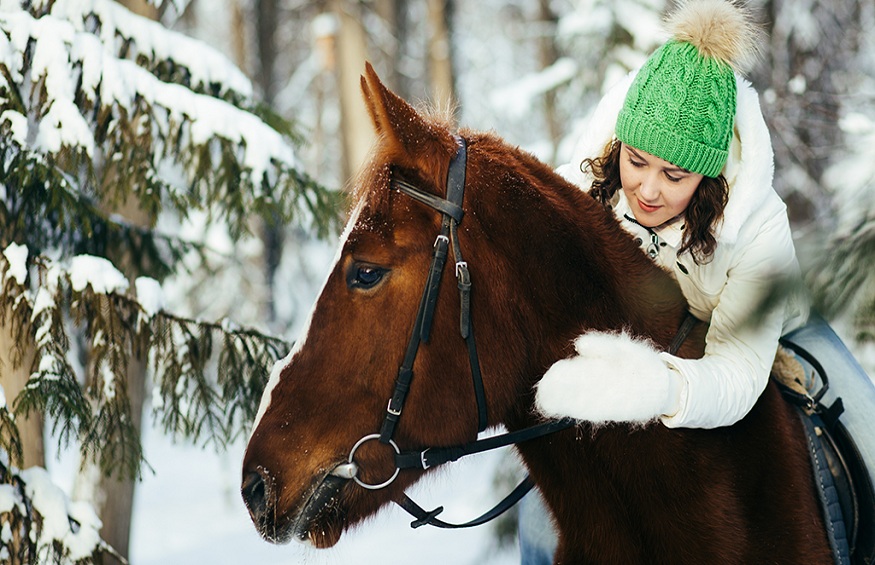Winter months can be extremely cold. Therefore, you need to ensure that you keep your horse warm. Horses that experience cold temperatures may experience a variety of health issues. Extreme cold can cause various health issues for horses such as arthritis, colic, frostbite, hypothermia, and respiratory ailments.
So you need to keep your horse warm to prevent these health issues. But how can you keep your horse warm?
Keep reading this blog as we discuss various ways to keep your equine warm.
1. Through movement
Give your horse room to move. Even though you might want to burrow up under a blanket in your living room, remember that activity produces warmth. Although keeping your horse in a stall may seem nice, doing so will restrict his natural movement. Horses are built to walk long distances every day. Your horse will stay warm thanks to the energy spent during exercise and regular turnout.
Your horse’s mental and physical health will benefit from continuing an exercise regimen year-round. Make sure that you utilize dressage saddle when riding on the horse as part of exercise routine. You can assist in maintaining him healthy and robust while keeping yourself updated about his physical condition. A healthy horse will have a much better chance of remaining content in any season.
2. Provide the horse with a comfortable shelter.
Many horses are content to stay outside all year long as long as they have access to an optional shelter that they can use whenever they want. A shelter will protect your horse from the weather, especially on windy days, when body heat is quickly lost to the air. Therefore, a shelter can serve as a barrier. This is a perfect place to store hay to entice your horse to stay for a while.
3. Always ensure that the horse is dry.
Rain and sleet should be considered because your horse will feel best when dry. He’ll find it more difficult to stay warm after his hair loses its natural insulation. To prevent heat loss, providing a waterproof horse blanket and shelter may be helpful. Additionally, you should try to maintain the dryness of your horse’s hooves because too much moisture can weaken them and cause bacterial infections.
4. Blanket the horse
Depending on an individual circumstance, you may or may not need a blanket. Body condition, age, turnout facilities, the riding schedule throughout the winter, and wet conditions must all be considered. If you choose to blanket your horse, ensure it is waterproof (for horses that stay outside) and provides substantial insulation. To correspond with temperature variations throughout the season, you must also commit to routinely putting on and removing horse turnout blankets.
The normal healthy horse will naturally grow a thick enough coat to act as his barrier against the cold. The horse’s hair will stand on end, much as it does in people. Piloerection is a phenomenon that retains air near the body, forming an insulating layer all by itself. No blanket is necessary as this is frequently sufficient for the horse. The horse will feel colder if you use a covering without insulation because it will merely flatten the hair.

